GloriousRuse
Posts: 906
Joined: 10/26/2013
Status: offline

|
A German Interlude: Amerikaners (and maybe a few others) At the Gates
The long battles of late ’44 draw to a close. With the Maas line breached in force and Aachen soon to fall, at best there are a few more weeks before Loki is in place to execute an early Varsity/Plunder up north. The French/German border is in better shape with the Moselle line still constraining the logistics flow heading to the Ruhr, but with Belfort underway there will be an inevitable displacement to the south Rhine in the near future. Meanwhile, Italy has all but collapsed. No doubt there will be a final series of battles around Venice, but between the Alps and Uncle Joe an allied advance into S. Germany or Austria seems unlikely.
Other than numbing amounts of bombs and hordes of Shermans, how did we get here?
THE ENEMY
As I was planning this stage of the fight, I assumed Loki would be forced by ports and rails to throw his main effort at the low countries axis of advance. There was nothing I could do to change that decision, no matter how much I might want to, but I could try to frustrate it. I figured he could sustain one other major attack avenue – most likely a thrust south of the Ardennes, as it would support any offensive through the Ruhr in ’45. Unfortunately, I couldn’t rule out him forcing the Moselle and then making a rapid push into the central Rhine region which would turn the entire Rhine line early.
As for Dragoon, I figured Loki would pull a pretty standard land and expand operation. I also figured couldn’t do anything about that without diverting massive forces into a supply poor region at risk of being cut off from two directions.
Italy, there was hardly anything to say. He was going to battle north. I had to try to stop that. There was a moment when I thought about a southern Bulge, but after calculating I would need 18 divisions - 6 of which had to be heavy – that dream died.
THE PLAN
With that in mind, here was the plan:
Along the low countries axis of advance, I wanted to fight three battles. A short delaying action near Lille, a pitched defense to deny Antwerp as long as possible, and a set-piece fortification fight along the Maas. The idea was that the fight at Lille would let the fight near Antwerp occur in the fall, with lots of good heavy rain and mud. That in turn would seriously delay the logistics and forces needed for a serious offensive over the Maas, drawing the WA into the Ardennes for yet another fight. In short, I wanted Loki to have to fight laterally through all the worst terrain for every easy open terrain advance he made. The armor and strong infantry forces would get the open terrain fight, while weaker formations would use the time to dig successive local lines in the Ardennes.
In the center sector, a panzer corps was put together and tagged to act at the central reserve, to be held back until Loki clearly committed to his second major axis. If he went along the bank of the Moselle and Northeast, the goal would be to a make a grinding battle from bitburg onward with infantry and armor while secondary forces held the Moselle to interdict rails and made sure Luxembourg, Verdun, and Sedan were the closest viable depots that could feed the attack. If he went hard and south, the plan was to pivot around Trier and use each minor river line as a barrier while digging in behind the Rhine – the panzers would act as keystones and reserves, with one small force dedicated to hitting the flanks and cutting supply if the opportunity arose.
Dragoon and Italy had no clever plan. I brought down two panzer divisions in case Loki skimped on Dragoon, but soon realities in Italy forced them to re-deploy. From there the plan became “fight hard, fight long, die well.”
The LW had another plan. Besides the expected strikes on Dragoon, it would conduct harassment bombing on railyards. Hopefully to slow supply and, more importantly, stop Loki from converting every single airplane into a fighter bomber. This was originally intended for the north, though events would show the channel ports were more than sufficient for that sector and lead to re-assignment.
The fighter corps I wanted to use with the final series of battles around the Maas underway, committed in force to degrading Allied tactical air to slow the advance to the Rhine. I figured they could go a month before needing a refit. A strong fight from December to January would hopefully see them relieved by the greatest LW pilot of all, snow.
It’s not like they could stop or even slow the allies bombing the Reich anyhow, so I might as well get some tactical effects.
THE OUTCOME
One of the more frustrating parts of playing the Germans is that even when you put together a not-terrible plan, it can’t really break the WA plan. Now granted, that is an observation coming from a player who by any objective standard is…well, have to admit it when I’m looking the facts on the ground in the face…not very good. A less charitable appraisal might use different adjectives. Perhaps someone with more talent has a different experience. Still, for me, it holds true.
This was a case in point. Everything I fundamentally wanted to happen, happened. It just didn’t matter much. Which either means I picked the wrong things or I did them poorly.
The Lille delaying action was a mixed bag. On one hand, it did buy a couple weeks and allowed some initial digging in the Antwerp belt. On the other, I’m not sure simply running away wouldn’t have still cost the WA a couple weeks based on rail repair. Maybe Loki knows. For those few weeks, the heer was in a prime killing zone for allied airpower.
The Antwerp line has to be judged a limited failure. I failed to understand the relative importance of Burssels vs. Antwerp, which helped drive that. Brussels, it turns out, is more important than Antwerp in the short term due to it’s ability easily rail in channel port supplies. Antwerp is more of a necessity in the long game. I lost Brussels early, no doubt giving the northern WA essentially limitless local supply, in part because I just treated it as another strongpoint. I then only managed to keep Antwerp closed into early December – more than enough for it to be fully operational and supplying the WA all the way to Berlin. The only upside is that we generally managed to slow the allies down and prevent the Maas operations until now.
The Maas-Ardennes combination did what it was supposed to. Cause a secondary fight in bad terrain away from the faster routes to Germany. No complaints there. A rare bright spot, though given Antwerp is functional and the Maas is breached and turned with plenty of time to get into Germany proper, it doesn’t appear to have actually delayed the WA any at the strategic level. It may just be one of those fights you have to have regardless, because all the other options are worse.
In the Bitburg Corridor, again, the plan worked. We managed to keep the allies slogging for every hex, and keep the lead army running on trucks only supply. Again, it didn’t really matter. They’re on the banks of the Rhine now. The question will be if they turn south to open their supply lines, or if the northern thrust will simply connect them to Antwerp. I do wonder if I should have started this fight further west, but other than that I’m not sure how I could have affected the outcome. Again, I should caution readers that doesn’t mean there wasn’t a way – just that I couldn’t find one. Which should call attention the part where my skills are…lacking.
Dragoon and Belfort, not much to say there. Loki had a pretty easy time of it with no difficult fights or changes to schedule. That’s to be expected with a shoestring front, but it doesn’t mean it was a good thing.
And Italy was a disaster. While that’s been on the cards ever since I botched ’43, I could have allocated forces more judiciously here. More than one panzer division was placed in RESERVE behind lines really weren’t that important in the low countries, and I pissed away at least one FJ division for results an infantry division could have gotten in Namur. In a resource starved mountain fight, one more panzer division and one more FJ division could have done serious work.
The one bright spot was the LW. I daresay the only reason Loki isn’t already fighting for the Ruhr is because for the month of December his airpower wasn’t a guaranteed win over the open country in front of him. It was still deadly, but more in the “break one position” way, and not in the “the entire army is ruined Cobra breakout style” way.
LESSONS
Strategic Force Decisions Have to be Made
Up until this point in the game, most of the German’s force ratio decisions are made for them via the garrison system and the imperative to actually be able to defend France. But after the breakout occurs, you should probably pause and make a deliberate decision on how much combat power needs to be sent to Italy, where it can have outsized effects in the good terrain, versus being committed to what is inevitably a giant delaying action in NWE. I misjudged this ratio because I never really paused to look at that, and ended up with elite units providing comfort and little else in some places when they could be causing serious problems in the Rimini breakout.
Don’t Count the LW Out
It is conventional wisdom that the LW is destroyed by this point in the game. It’s actually not. It just has zero chance of winning over Germany as a whole. And it can’t last long or conduct broad front operations tactically. But it can pick one or two points and fight, even win, and that can buy a little relief. If nothing else, the value of making the WA use their fighters as fighters rather even more Jabos is greater than the value of shooting down 4 out of 900 B17s on a raid for some target in Germany.
I Mentioned Elite Units Are Important, Right?
This only gets more true. The regular infantry that were once “OK” are steadily declining in value at the same time the Allies land ever more armor and heavy infantry. Which means your decisions on how to hold are ever more focused on where you can get panzers, FJs, and the occasional infantry unit stuffed with powerful supports. Losing one is not to be undertaken lightly.
Port Defense
I touched on this earlier, but defending the garrisoned ports can impose a high price for minimal cost. I did not. Even one regiment – and really, how long does one regiment last in the field battles – can force Corps sized assaults. Which means that instead of the WA having a Corps resting and getting ready to replace their attack formations on the line, it is attacking ports. Which means there will be a break in operations somewhere. Plus it delays logistics, which is always good.
Side Note: XXV, LXXVI, and LXXVII Corps is Probably Where All Those Historical Bulge Support Units Are. You Can Find Them There. Not In the New SS Corps.
< Message edited by GloriousRuse -- 3/5/2020 3:36:16 AM >
|
 Printable Version
Printable Version





































































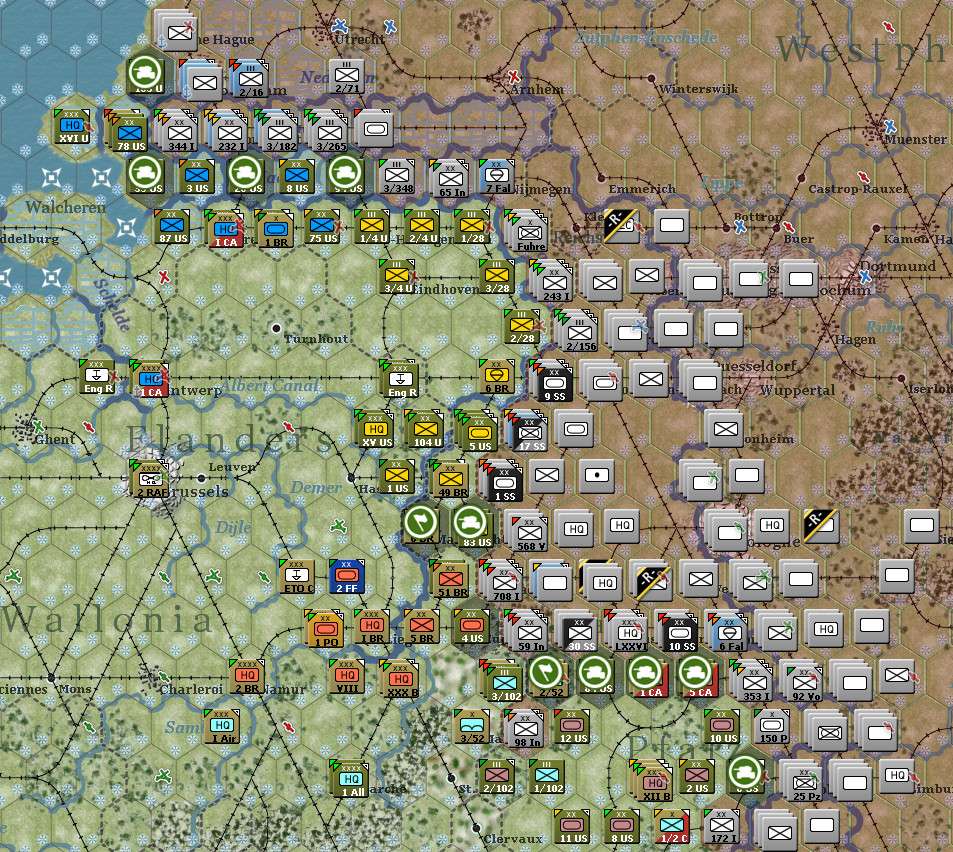

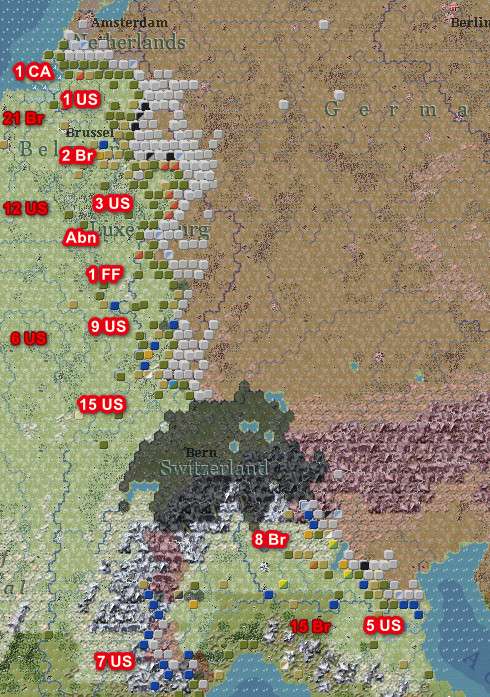

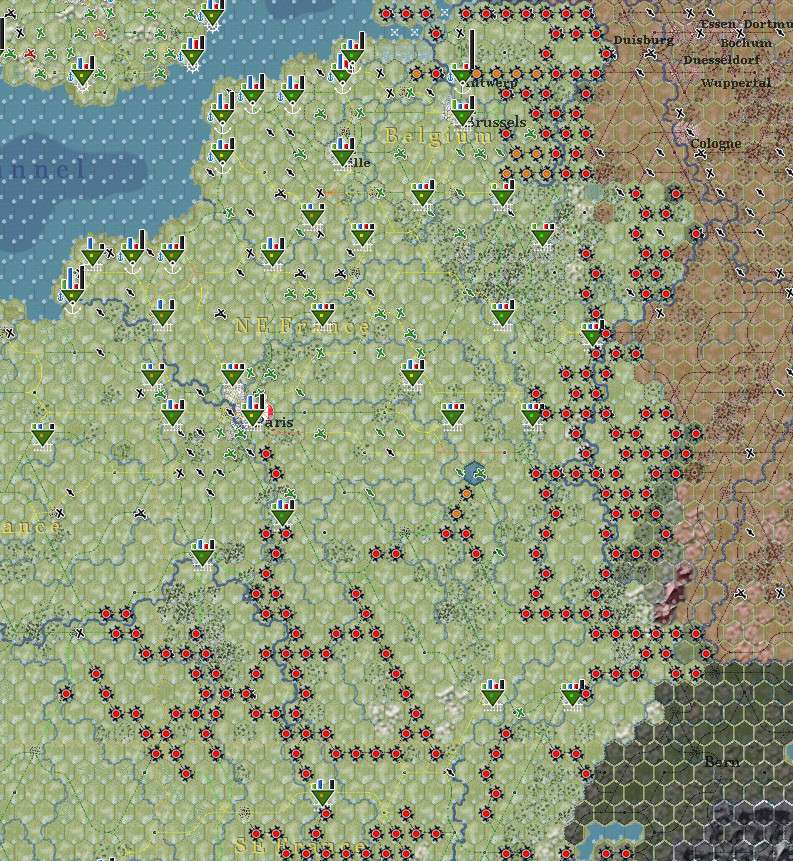

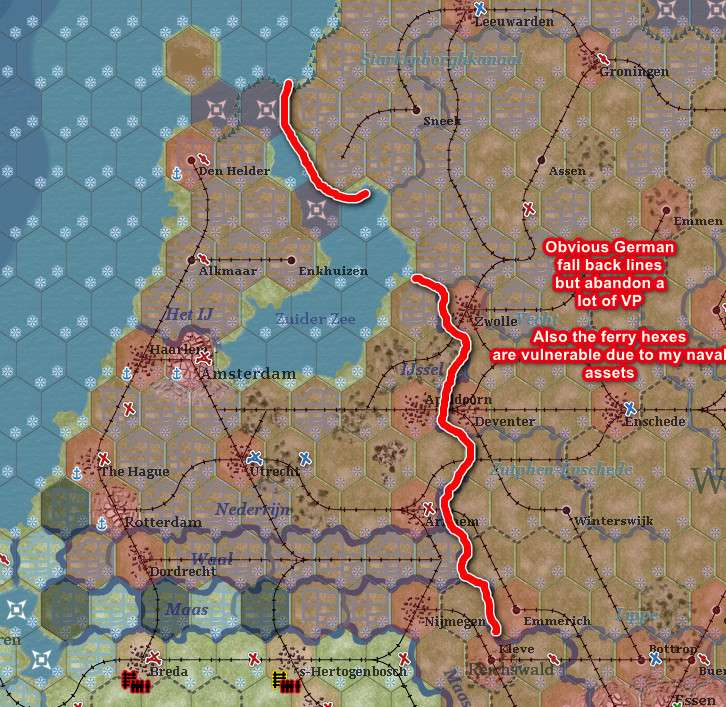

















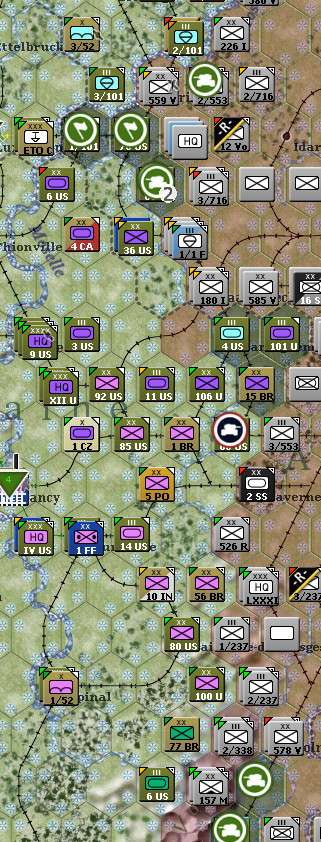

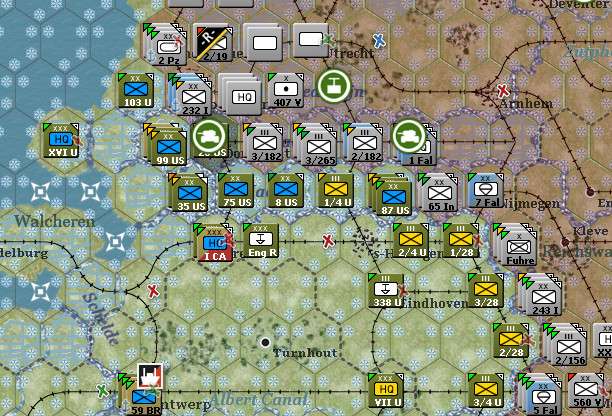













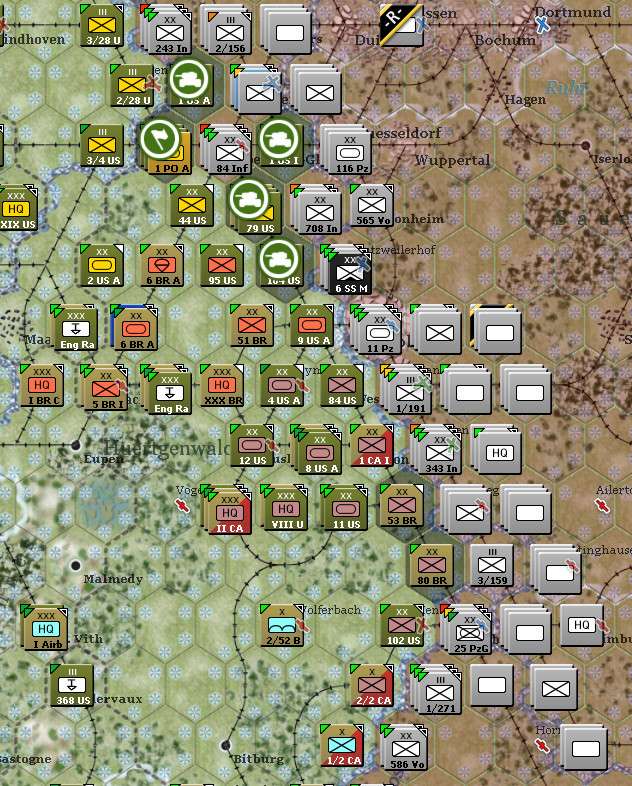
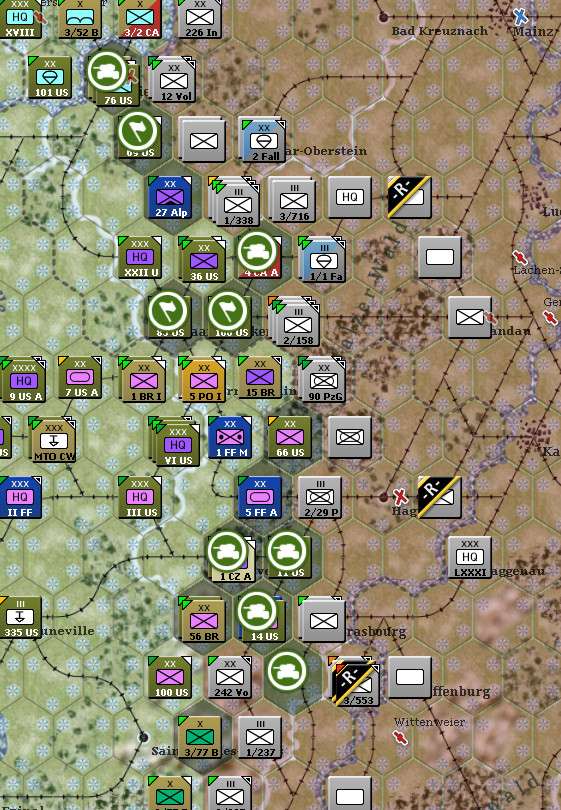

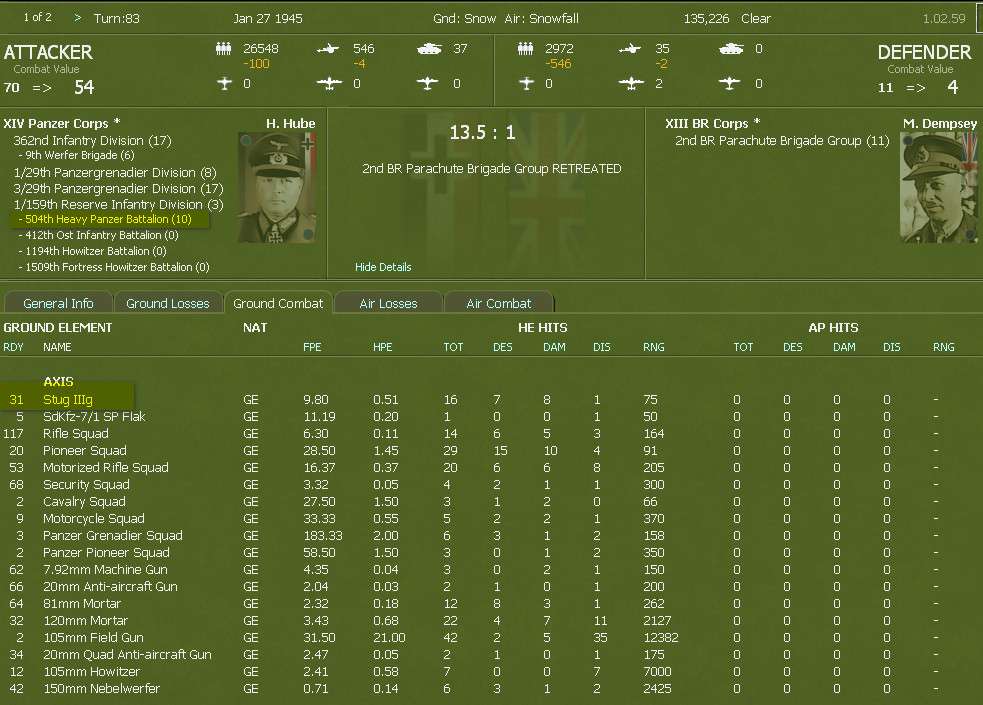























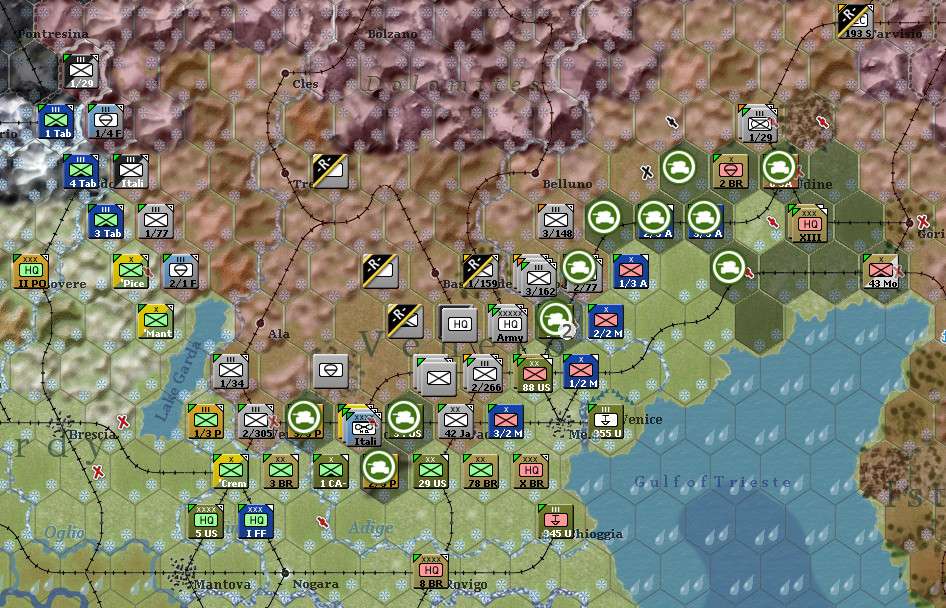

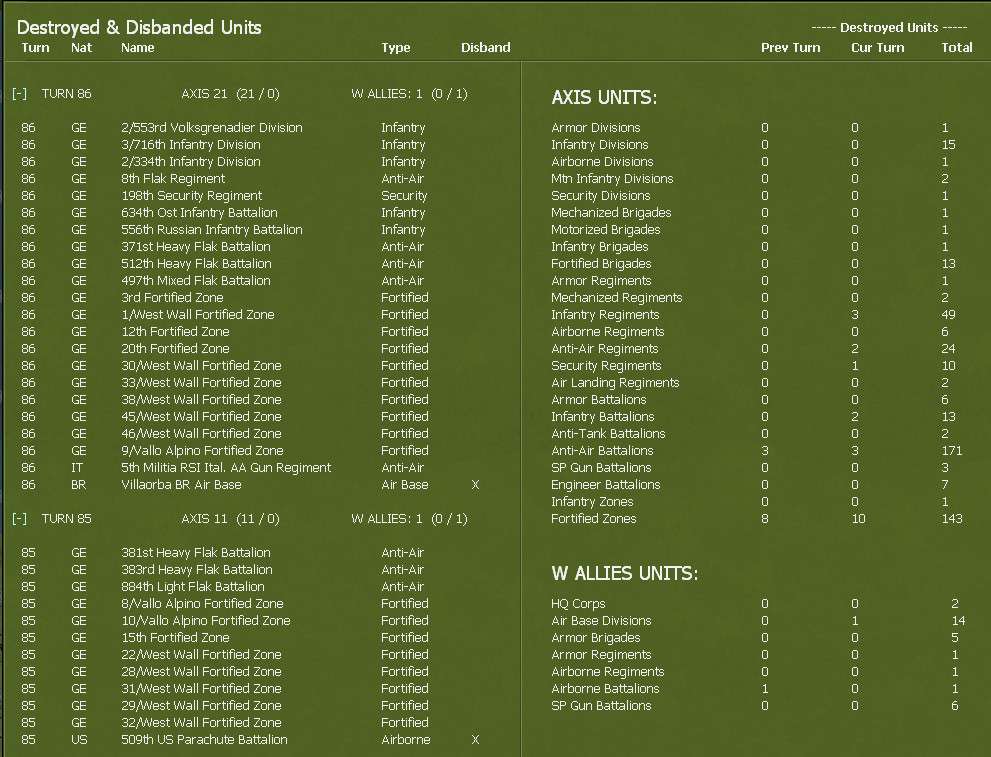



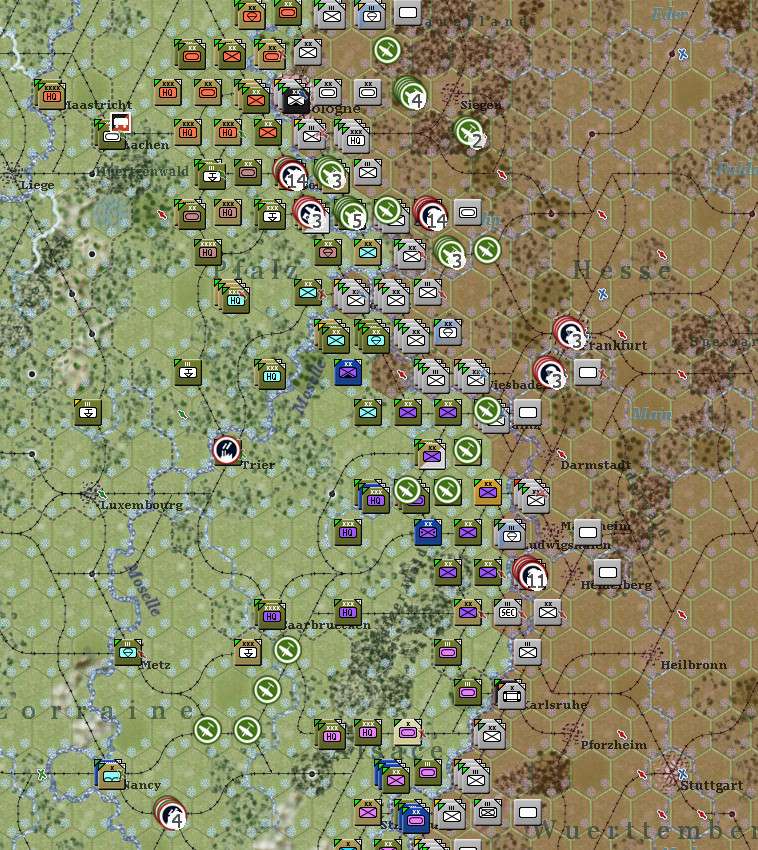

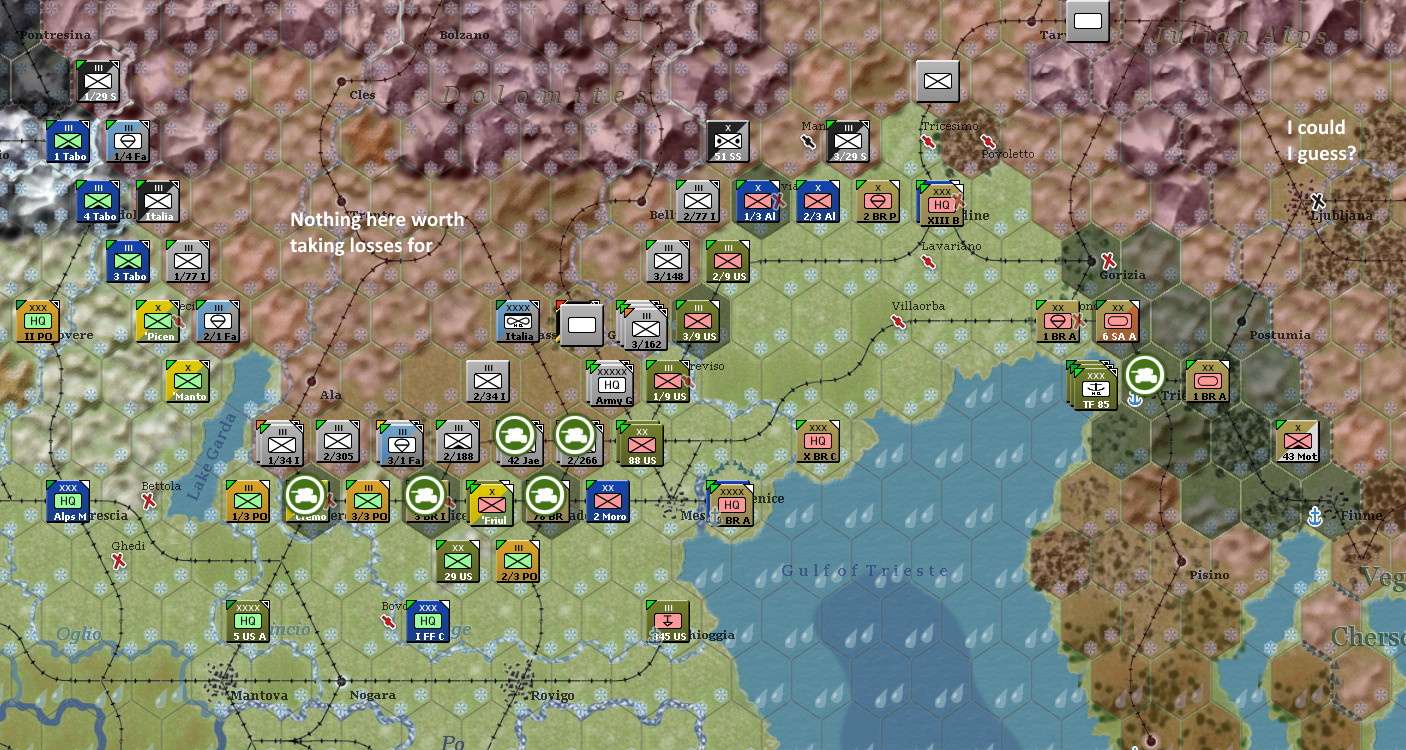

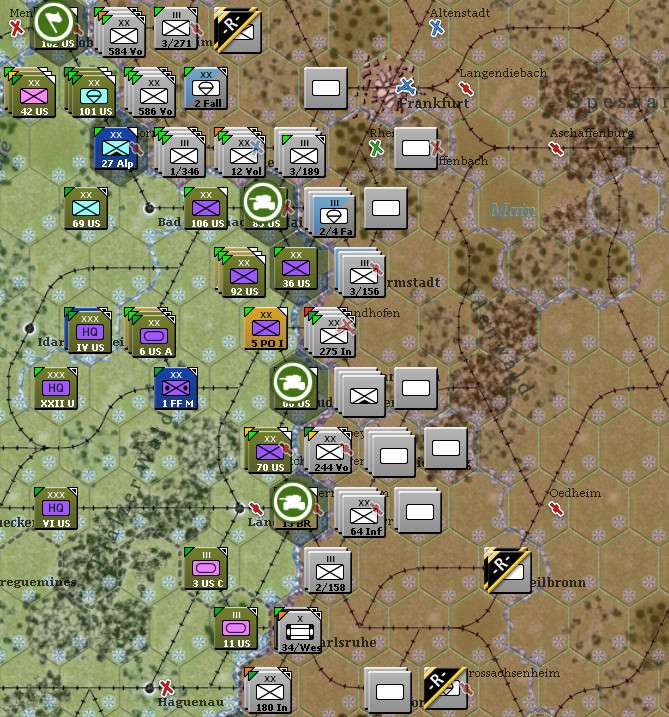




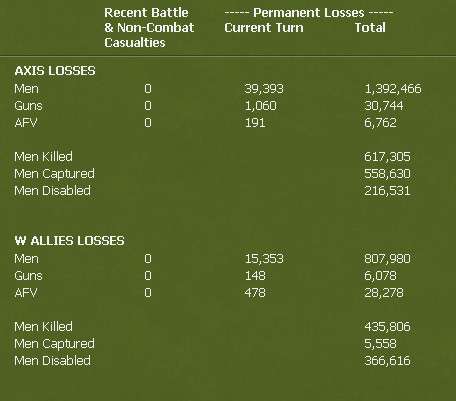



 New Messages
New Messages No New Messages
No New Messages Hot Topic w/ New Messages
Hot Topic w/ New Messages Hot Topic w/o New Messages
Hot Topic w/o New Messages Locked w/ New Messages
Locked w/ New Messages Locked w/o New Messages
Locked w/o New Messages Post New Thread
Post New Thread